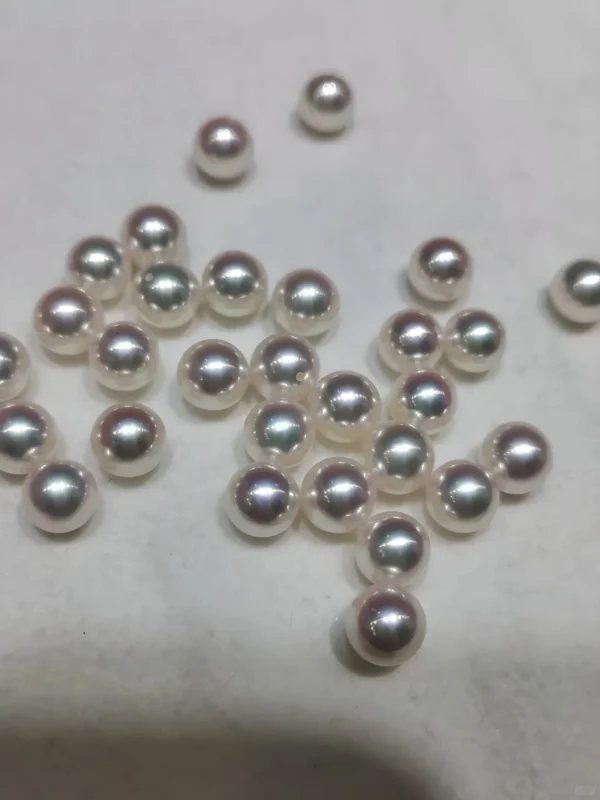Where Do Pearls Come From? Unveiling the Origins and Mysteries of These Gems

Have you ever wondered about the mysterious journey of the lustrous pearl from the ocean to your jewelry box? What is it about these iridescent gems that have enchanted humanity for centuries? Join us as we dive into the origins of pearls, exploring their natural formation and uncovering the captivating story behind one of the most coveted gems in the world.

The Natural Formation of Pearls
Have you ever marveled at the smooth, glowing surface of a pearl and pondered its beginnings? Pearls are natural wonders, born within the depths of oysters, clams, and mussels. When an irritant, often a grain of sand, makes its way inside the mollusk, the creature’s defense mechanism kicks in. The mollusk secretes nacre, a combination of aragonite and conchiolin, which slowly coats the irritant layer by layer, creating a gem of unparalleled beauty.
According to the Gemological Institute of America, “The layering process of nacre gives pearls their unique luster and appeal, distinguishing them from other gemstones.” These exceptional qualities are why pearls have been cherished for centuries, often serving as symbols of elegance and status.
Types of Pearls: From Nature’s Bounty to Cultured Craft
The allure of pearls is not solely in their beauty but also in the variety they offer. There are several types of pearls, each with its unique traits and charms.
Natural Pearls
Natural pearls are formed without any human intervention, making them exceptionally rare and valuable. Historically, these pearls were primarily harvested from the Persian Gulf and the waters around Sri Lanka. However, due to overfishing and oceanic changes, their availability has drastically diminished.
Cultured Pearls
The development of cultured pearls revolutionized the pearl industry. Pioneered in the early 20th century by Kokichi Mikimoto in Japan, this process involves deliberately inserting an irritant into the mollusk, initiating the natural nacre coating process. Cultured pearls, such as Akoya, Tahitian, and South Sea variants, allow the beauty of pearls to be more accessible to enthusiasts worldwide. For more on cultured pearls, you can refer to Mikimoto’s Story, where their historical significance and process are richly detailed.
Freshwater Pearls
Found in lakes, rivers, and ponds, freshwater pearls are known for their diverse shapes and colors. Predominantly farmed in China, these pearls are prized for their affordability and versatility in jewelry design.
Pearl Farming: Balancing Nature and Conservation
The contemporary pearl industry owes much to sustainable farming practices. Balancing environmental concerns with commercial interests is crucial for maintaining healthy marine ecosystems.
Pearl farms are primarily located in regions with pristine bodies of water, such as Japan, China, and Australia. These farms play a critical role in the conservation of marine life, emphasizing eco-friendly methods to ensure oysters thrive. According to a study by The Nature Conservancy, “Sustainable pearl farming can lead to healthier oceans, improved biodiversity, and community prosperity.”
Conclusion: The Timeless Allure of Pearls
The journey of pearls, from their natural inception beneath the sea to elegant jewelry, is nothing short of miraculous. Whether formed in nature or cultivated through careful human intervention, pearls embody a blend of natural artistry and human ingenuity.
As you adorn yourself or your loved ones with these lustrous gems, remember the fascinating story of their origins. A pearl is not just a piece of jewelry; it is a testament to the wonders of nature and a reflection of centuries-old traditions and innovations. Embrace the legacy and beauty of pearls and their timeless contribution to luxury and elegance.
